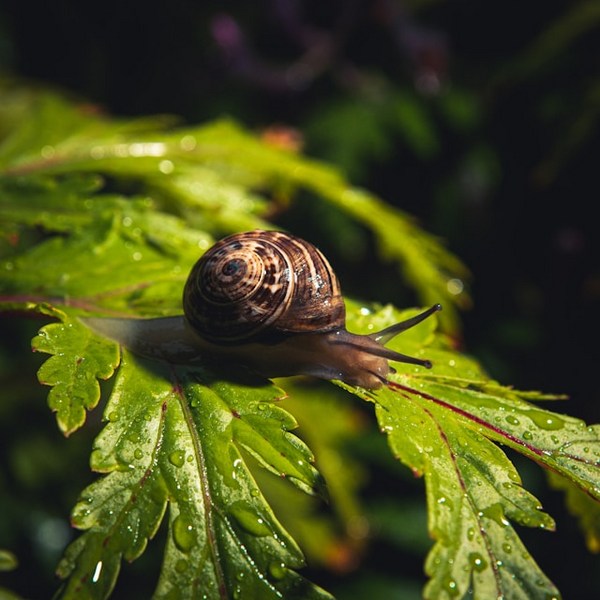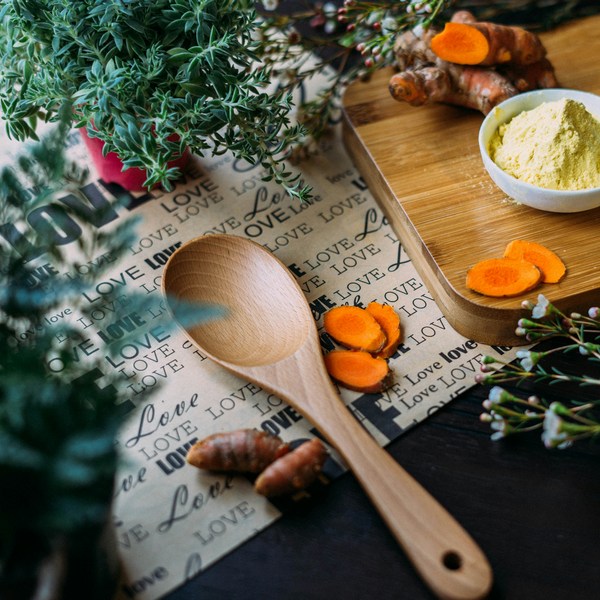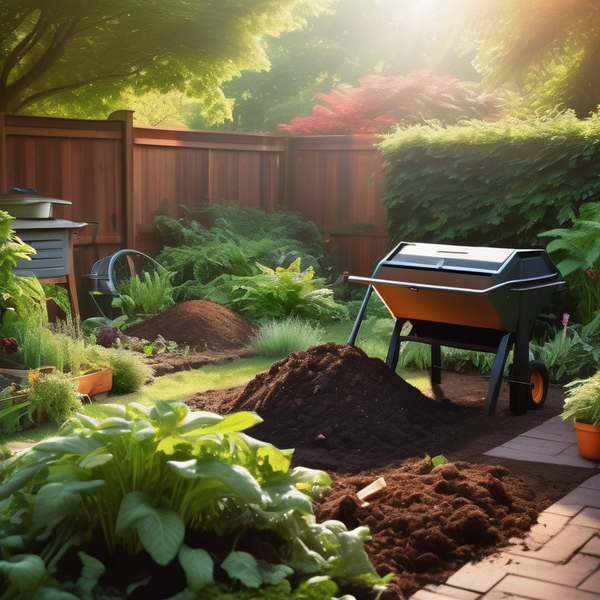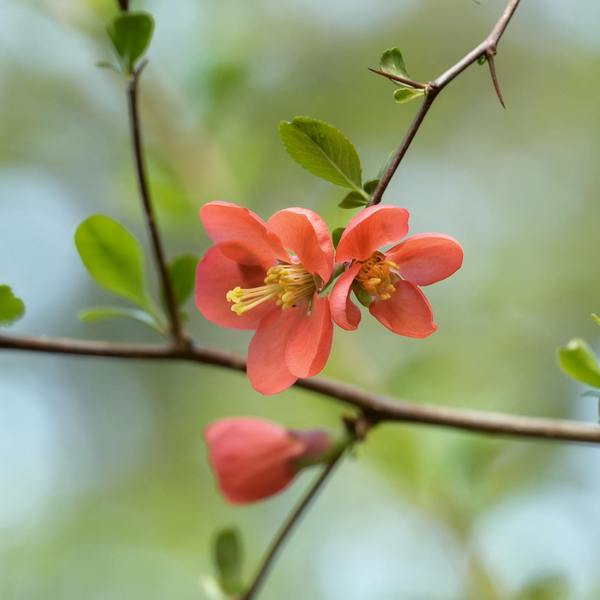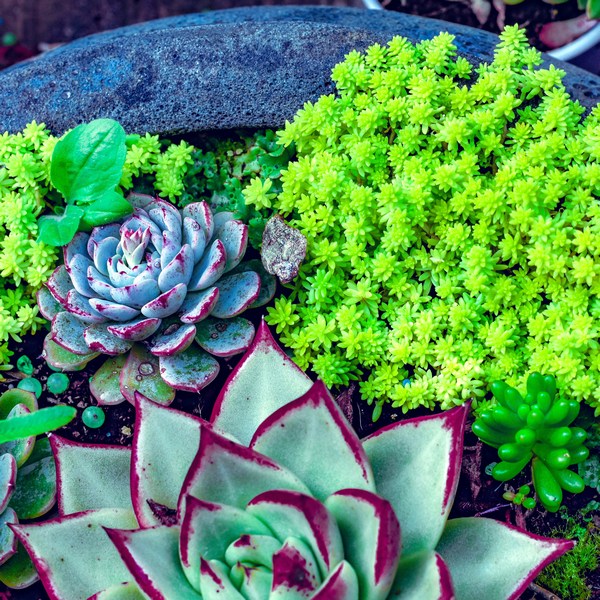Key Takeaways
- Growing medicinal plants at home provides easy access to natural remedies.
- Many medicinal plants are low-maintenance and thrive in home gardens.
- Common medicinal plants include aloe vera, lavender, and peppermint.
- These plants offer various health benefits, from soothing burns to relieving stress.
- Home-grown medicinal plants can reduce the need for over-the-counter medications.
Introduction
Growing medicinal plants at home offers a natural way to access health remedies. With minimal effort, you can cultivate a variety of plants that provide numerous health benefits.
This guide explores some of the most effective medicinal plants you can grow in your garden.
Aloe Vera
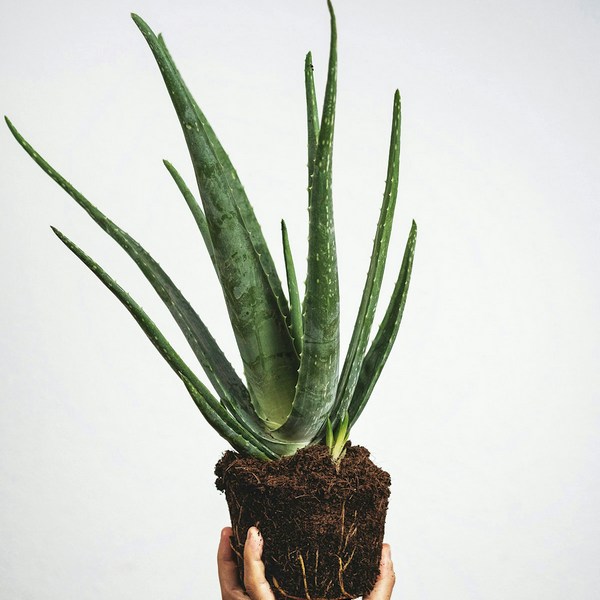
Aloe vera is one of the most popular medicinal plants. Known for its soothing gel, it’s excellent for treating burns, cuts, and skin irritations.
Growing Conditions
Aloe vera thrives in well-drained soil and requires minimal watering. Place it in a sunny spot, and it will flourish.
It’s a hardy plant that can survive in various climates, making it ideal for home gardens.
Health Benefits
- Skin Soothing: Aloe vera gel is effective for treating burns, cuts, and skin irritations.
- Hydration: It provides moisture to the skin, promoting healing and hydration.
- Digestive Aid: Aloe vera juice can help soothe the digestive tract and relieve constipation.
Lavender
Lavender is prized for its calming properties. Its flowers can be used to make teas or essential oils that help reduce anxiety and promote sleep.
Growing Conditions
Lavender prefers full sun and well-drained soil. It’s also a beautiful addition to any garden with its vibrant purple blooms.
Plant lavender in a sunny spot and water it sparingly to avoid root rot.
Health Benefits
- Anxiety Relief: Lavender helps reduce anxiety and promotes relaxation.
- Sleep Aid: It improves sleep quality by calming the mind and body.
- Skin Care: Lavender oil is used to treat acne, eczema, and minor wounds.
Peppermint
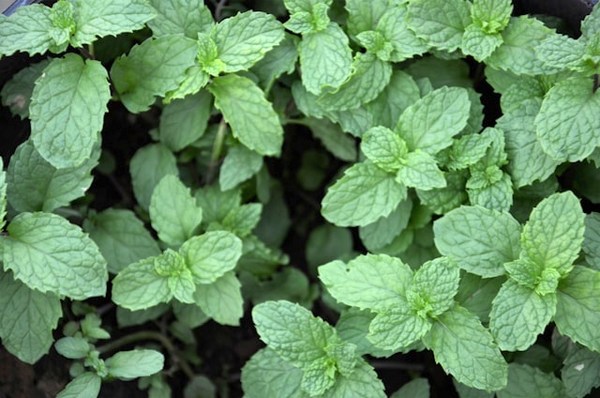
Peppermint is versatile and easy to grow. Its leaves are often used to make tea that aids digestion and relieves headaches.
Growing Conditions
Peppermint grows best in partial shade and moist soil. It’s advisable to plant it in a container to prevent it from spreading too aggressively.
Ensure the soil is kept consistently moist for optimal growth.
Health Benefits
- Digestive Aid: Peppermint tea helps relieve digestive issues like bloating and indigestion.
- Headache Relief: Its aroma and menthol content provide relief from headaches.
- Respiratory Health: Peppermint can help clear sinuses and improve breathing.
Ginger
Ginger is a versatile medicinal plant known for its anti-inflammatory and antioxidant properties. It is widely used to alleviate nausea, improve digestion, and reduce muscle pain and soreness.
Ginger can be grown in pots or directly in the ground.
Growing Conditions
Ginger prefers warm, humid climates and partial shade. It thrives in rich, well-drained soil. To grow ginger, plant the rhizomes in spring, about an inch deep, with the buds facing up.
Water regularly, keeping the soil moist but not waterlogged.
Health Benefits
- Digestive Aid: Ginger is effective in relieving nausea and improving overall digestion.
- Anti-Inflammatory: It helps reduce inflammation and pain, making it useful for arthritis and muscle soreness.
- Antioxidant: Ginger contains antioxidants that protect the body from damage by free radicals.
Turmeric
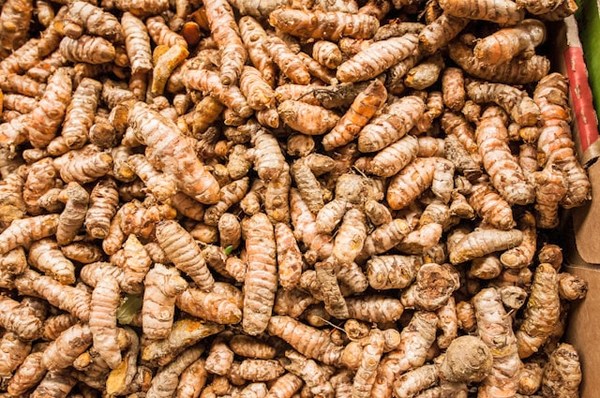
Turmeric is renowned for its powerful anti-inflammatory and antioxidant effects. The active compound, curcumin, is responsible for many of its health benefits.
Turmeric is used to support joint health, boost the immune system, and improve skin health.
Growing Conditions
Turmeric grows best in warm, humid environments and prefers full to partial sun. It thrives in well-drained, fertile soil.
Plant turmeric rhizomes in the spring, about 2 inches deep, and water regularly to keep the soil consistently moist.
Health Benefits
- Anti-Inflammatory: Curcumin in turmeric reduces inflammation and is beneficial for conditions like arthritis.
- Immune Support: Turmeric helps boost the immune system, making it easier for the body to fight off infections.
- Skin Health: It improves skin health by reducing acne and promoting a natural glow.
Ginseng
Ginseng is a highly prized medicinal plant known for its ability to boost energy levels, improve mental performance, and support the immune system.
It has been used for centuries in traditional medicine, particularly in Asia.
Growing Conditions
Ginseng grows best in a cool, shady environment and requires rich, well-drained soil. It is a slow-growing plant, often taking several years to mature.
Plant ginseng seeds or roots in the fall, about half an inch deep, and water regularly to maintain soil moisture.
Health Benefits
- Energy Booster: Ginseng enhances physical and mental performance, making it useful for combating fatigue.
- Immune Support: It strengthens the immune system, helping the body resist infections and diseases.
- Cognitive Function: Ginseng improves memory, focus, and overall cognitive function, which is beneficial for mental health.
Echinacea
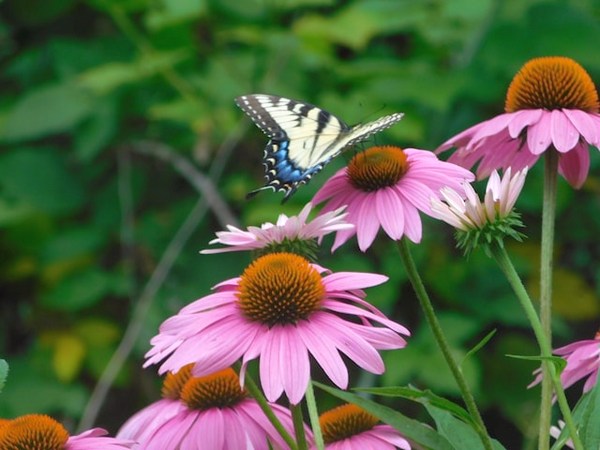
Echinacea, also known as coneflower, is renowned for boosting the immune system. Its roots and leaves are used in teas and tinctures to help fight colds and infections.
Growing Conditions
Echinacea prefers full sun and well-drained soil. It’s a hardy plant that can withstand various climates.
Plant echinacea seeds or transplants in a sunny spot and water regularly during dry periods.
Health Benefits
- Immune Support: Echinacea boosts the immune system, helping to fight off infections.
- Cold Relief: It reduces the duration and severity of colds and flu.
- Anti-Inflammatory: Echinacea has anti-inflammatory properties that help reduce pain and swelling.
Chamomile
Chamomile is famous for its relaxing properties. The flowers are used to make a soothing tea that can help with insomnia and digestive issues.
Growing Conditions
Chamomile grows well in full sun and sandy soil. It’s a low-maintenance plant that can thrive in different environments.
Plant chamomile seeds or transplants in a sunny spot and water regularly to keep the soil moist.
Health Benefits
Chamomile contains a bioflavonoid called apigenin, which is key to its therapeutic properties.
- Sleep Aid: Chamomile tea promotes relaxation and improves sleep quality.
- Digestive Aid: It helps soothe the digestive tract and relieve stomach discomfort.
- Anti-Inflammatory: Chamomile has anti-inflammatory properties that help reduce swelling and pain.
Rosemary
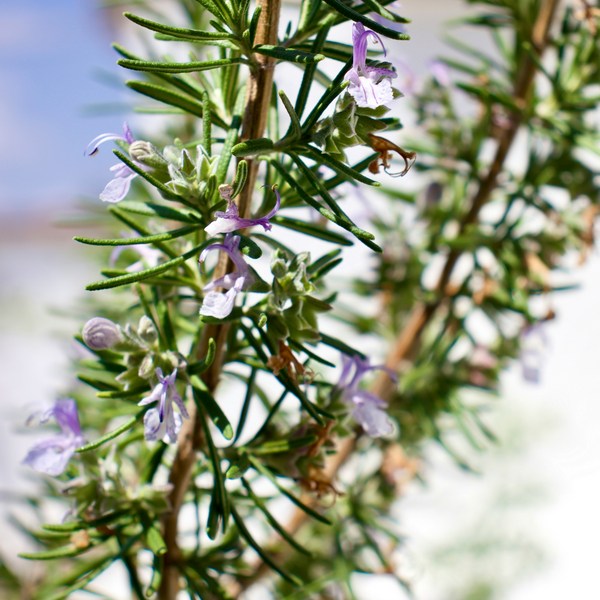
Rosemary is a fragrant herb that offers cognitive benefits. Its leaves can be used in cooking or to make teas that improve memory and concentration.
Growing Conditions
Rosemary needs full sun and well-drained soil. It’s also drought-tolerant, making it an easy plant to care for.
Plant rosemary in a sunny spot and water it sparingly, ensuring the soil does not become waterlogged.
Health Benefits
- Cognitive Function: Rosemary improves memory and concentration.
- Antioxidant: It provides antioxidants that protect the body from damage by free radicals.
- Digestive Aid: Rosemary aids in digestion and reduces bloating.
Calendula
Calendula, or pot marigold, has anti-inflammatory properties. Its petals are used in creams and ointments to heal wounds and skin irritations.
Growing Conditions
Calendula thrives in full sun and moderately fertile soil. It also adds a splash of color to your garden with its bright orange flowers.
Plant calendula seeds or transplants in a sunny spot and water regularly to maintain soil moisture.
Health Benefits
- Wound Healing: Calendula helps heal wounds and skin irritations.
- Anti-Inflammatory: It reduces inflammation and promotes skin health.
- Antimicrobial: Calendula has antimicrobial properties that help prevent infections.
Conclusion
Cultivating medicinal plants at home provides a convenient and natural way to enhance your health. These plants are easy to grow and offer a variety of benefits, from soothing skin ailments to improving digestion and reducing stress. Add these medicinal plants to your garden to enjoy their healing properties right at your doorstep.
FAQs
What are the easiest medicinal plants to grow at home?
Aloe vera, peppermint, and chamomile are among the easiest medicinal plants to grow due to their low maintenance requirements.
Can I grow medicinal plants indoors?
Yes, many medicinal plants like aloe vera and peppermint can be grown indoors with proper light and care.
How often should I water medicinal plants?
Watering needs vary by plant, but generally, medicinal plants prefer well-drained soil. Aloe vera, for instance, needs minimal watering, while peppermint prefers consistently moist soil.
Are there any medicinal plants that help with anxiety?
Lavender and chamomile are well-known for their calming effects and can help reduce anxiety when used in teas or essential oils.
Do I need special soil to grow medicinal plants?
Most medicinal plants thrive in well-drained soil. Some, like rosemary, prefer sandy soil, while others, like peppermint, do well in moist soil.
Research
Buescher, R., Yang, L. (2000, August). Turmeric. In IFT Basic Symposium Series (Vol. 14, pp. 205-226).
Kang, S., Min, H. (2012). Ginseng, the 'immunity boost': the effects of Panax ginseng on the immune system. Journal of Ginseng Research, 36(4), 354.
Kiefer, D., Pantuso, T. (2003). Panax ginseng. American Family Physician, 68(8), 1539-1542.
Klein, A.D., Penneys, N.S. (1988). Aloe vera. Journal of the American Academy of Dermatology, 18(4), 714-720.
Koulivand, P.H., Khaleghi Ghadiri, M., Gorji, A. (2013). Lavender and the nervous system. Evidence-Based Complementary and Alternative Medicine, 2013(1), 681304.
Kuttan, R., Bhanumathy, P., Nirmala, K., George, M.C. (1985). Potential anticancer activity of turmeric (Curcuma longa). Cancer Letters, 29(2), 197-202.
Loolaie, M., Moasefi, N., Rasouli, H., Adibi, H. (2017). Peppermint and its functionality: A review. Archives of Clinical Microbiology, 8(4), 54.
Oluwatuyi, M., Kaatz, G.W., Gibbons, S. (2004). Antibacterial and resistance modifying activity of Rosmarinus officinalis. Phytochemistry, 65(24), 3249-3254.
Percival, S.S. (2000). Use of Echinacea in medicine. Biochemical Pharmacology, 60(2), 155-158.
Prasad, S., Aggarwal, B.B. (2011). Turmeric, the golden spice. Herbal Medicine: Biomolecular and Clinical Aspects. 2nd edition.
Preethi, K.C., Kuttan, G. and Kuttan, R., 2006. Antioxidant Potential of an Extract ofCalendula officinalis. Flowersin Vitro. andin Vivo. Pharmaceutical Biology, [online] 44(9), pp.691–697.
https://doi.org/10.1080/13880200601009149.
Sasikumar, B. (2012). Rosemary. Handbook of Herbs and Spices (Second Edition), 452-468.
Sánchez-Machado, D.I., López-Cervantes, J., Sendón, R. and Sanches-Silva, A., 2017. Aloe vera : Ancient knowledge with new frontiers. Trends in Food Science & Technology, [online] 61, pp.94–102.
https://doi.org/10.1016/j.tifs.2016.12.005.
Shelton, R.M. (1991). Aloe Vera. International Journal of Dermatology, 30(10), 679-683.
Singh, O., Khanam, Z., Misra, N., Srivastava, M.K. (2011). Chamomile (Matricaria chamomilla L.): An overview. Pharmacognosy Reviews, 5(9), 82.
Srivastava, J.K., Shankar, E., Gupta, S. (2010). Chamomile: A herbal medicine of the past with a bright future. Molecular Medicine Reports, 3(6), 895-901.
Wang, W., Wu, N., Zu, Y., Fu, Y. (2008). Antioxidative activity of Rosmarinus officinalis L. essential oil compared to its main components. Food Chemistry, 108(3), 1019-1022.
9 Natural Ways to Repel Snails & Slugs in Your Garden
Key Highlights Coffee grounds, eggshells, and diatomaceous earth are effective natural repellents for snails and slugs in the garden. Beer traps and copper tape can…
7 Physical Benefits of Gardening: Green Thumb, Healthy Heart
Key Highlights Gardening activities such as landscaping, planting, and maintaining plants can help reduce blood pressure and improve cardiovascular health. Regular gardening can help build…
Medicinal Plants: Your Healing Home Garden
Key Takeaways Growing medicinal plants at home provides easy access to natural remedies. Many medicinal plants are low-maintenance and thrive in home gardens. Common medicinal…
Quick Start Guide to Composting: Turning Waste into Gold
Key Highlights Composting transforms organic waste into nutrient-rich soil, reducing landfill waste and methane emissions. It enhances soil health, promotes plant growth, and cuts the…
Pollinator Friendly Gardens: Attract Butterflies & Bees
Key Takeaways Pollinators like butterflies and bees are essential for healthy gardens and ecosystems. A pollinator-friendly garden includes a variety of native plants that provide…
Organic Gardening: Essential Tips for a Chemical-Free Garden
Key Highlights Natural Techniques: Use composting, companion planting, and beneficial insects for fertility and pest control. Organic Methods: Grow plants without synthetic fertilizers or pesticides,…
Xeriscaping 101: Easy Steps for Beginners
Key Takeaways: Xeriscaping focuses on water-efficient landscaping, reducing the need for irrigation. Native and drought-tolerant plants are key components of xeriscaping. Proper soil preparation enhances…
